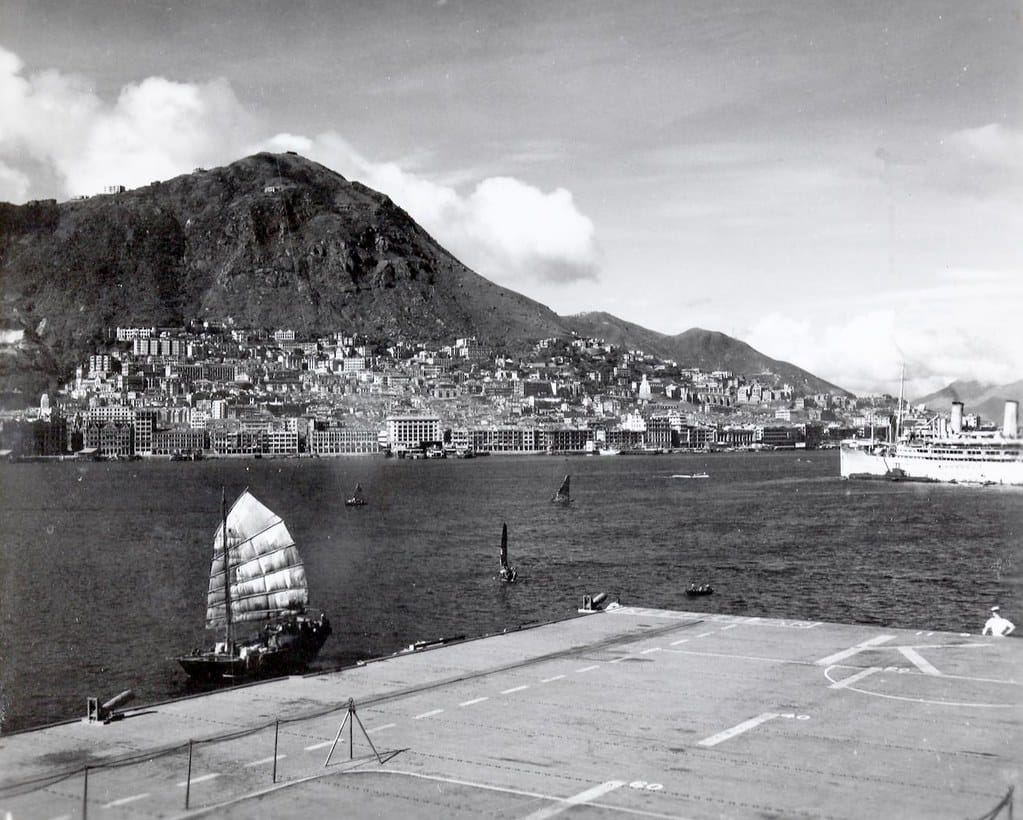6,000 Hong Kong Residents Evacuated as WWII American Bomb Finally Defused After 80 Years
A massive World War II-era American bomb discovered at a construction site in Hong Kong's Wan Chai district forced authorities to evacuate 6,000 residents in one of the city's largest unexploded ordnance operations in recent memory.
The 450-kilogram (1,000-pound) aerial bomb, believed to have been dropped by Allied forces during wartime operations against Japanese-occupied Hong Kong between 1941-1945, was successfully defused by explosive ordnance disposal experts after an intensive 24-hour operation that brought parts of the bustling financial district to a standstill.
Discovery at Construction Site Triggers Major Response
The ordnance was uncovered during excavation work for a new residential development in Wan Chai, one of Hong Kong's most densely populated commercial areas. Construction workers immediately halted operations and contacted authorities when they encountered the unexpectedly large metallic object buried approximately three meters underground.
"The bomb was in remarkably good condition despite being buried for eight decades," said Chief Inspector Wong Ka-ming of the Hong Kong Police Explosive Ordnance Disposal Bureau. "Its size and the urban density of the surrounding area required us to implement our most comprehensive evacuation protocol."
Largest Evacuation Operation in Years
The discovery prompted Hong Kong's largest bomb disposal evacuation since 2018, when a similar WWII-era device was found in Happy Valley. Authorities established a 500-meter exclusion zone around the site, affecting:
- 6,000 residents from 15 residential buildings
- Multiple commercial establishments including shops and restaurants
- Three schools with over 2,000 students
- Major traffic arteries connecting Hong Kong Island's business districts
Emergency shelters were set up at nearby community centers and schools, with the Hong Kong Red Cross providing food, water, and temporary accommodation for displaced residents. Many evacuees spent the night with relatives or in hotels as the defusing operation extended into the early morning hours.
The Delicate Defusing Process
Explosive ordnance disposal experts worked methodically to neutralize the 80-year-old device, using specialized equipment to carefully examine its internal mechanisms. The bomb, identified as a Mark 66 general-purpose bomb commonly used by U.S. forces during WWII, still contained its original explosive charge.
"Time has actually made these devices more dangerous," explained Dr. Sarah Chen, a military historian at the University of Hong Kong. "The chemical deterioration of old explosives can make them highly unstable and unpredictable."
The disposal team used a controlled detonation technique, carefully removing the explosive material in small portions before transporting it to a secure military facility for final disposal.
Hong Kong's Hidden WWII Legacy
This latest discovery highlights Hong Kong's ongoing struggle with unexploded ordnance from World War II. The territory, occupied by Japanese forces from 1941 to 1945, was subjected to numerous Allied bombing raids as forces worked to reclaim the strategic port city.
Since 1945, over 2,500 unexploded devices have been discovered and neutralized across Hong Kong, ranging from small mortar rounds to large aerial bombs. The rapid urban development of recent decades has increased the likelihood of encounters with buried ordnance, particularly in areas that were previously undeveloped during the war years.
Construction companies now routinely budget for potential ordnance discoveries, and specialized archaeological surveys are increasingly common before major excavation projects begin.
Economic and Social Impact
The 24-hour evacuation and defusing operation cost the city an estimated HK$12 million (US$1.5 million) in emergency services deployment, business disruption, and temporary accommodation. However, authorities stressed that public safety remained the absolute priority.
"While disruptive, these operations demonstrate Hong Kong's preparedness and our commitment to protecting residents," said Security Secretary Chris Tang during a press briefing following the successful disposal.
Moving Forward
The successful resolution of this incident reinforces the importance of Hong Kong's continued vigilance regarding unexploded ordnance. As urban development expands into previously untouched areas, encounters with WWII-era explosives are likely to continue.
This latest evacuation serves as a powerful reminder that the echoes of global conflict can literally surface decades later, requiring modern cities to remain prepared for unexpected discoveries from their wartime past. For Hong Kong's residents, it's another chapter in their city's ongoing process of safely uncovering and addressing the buried remnants of World War II.

